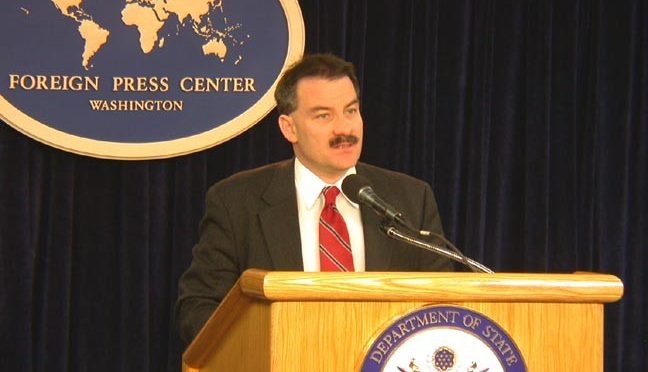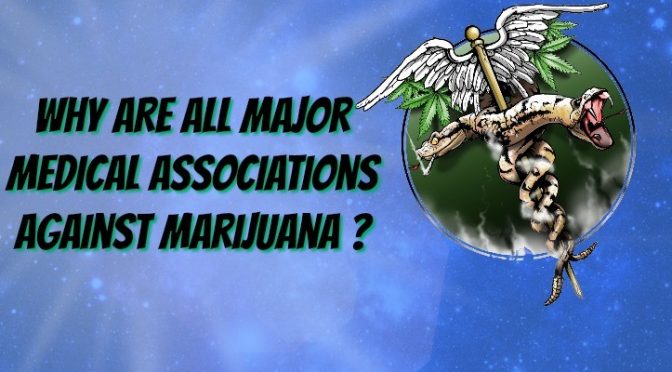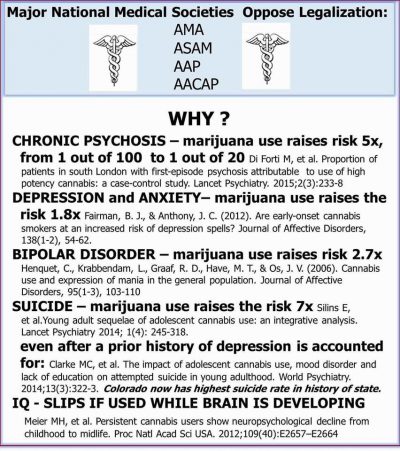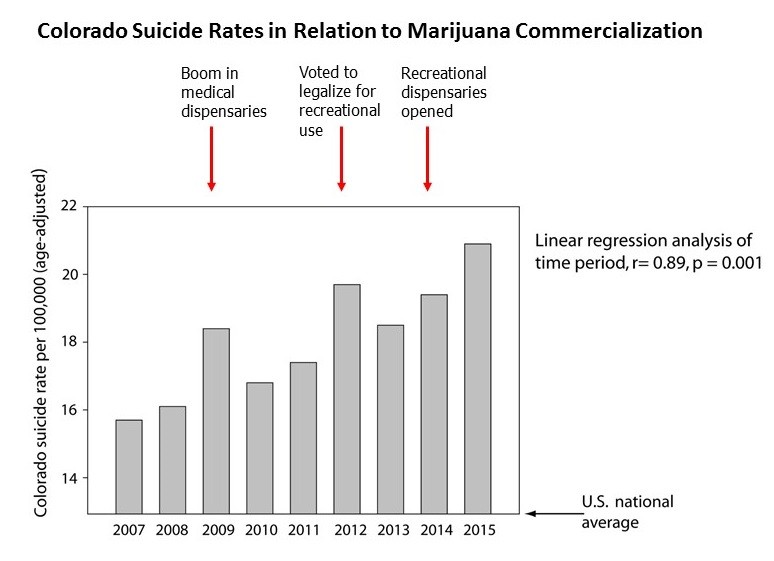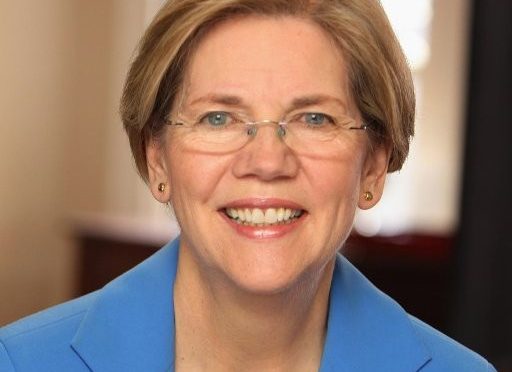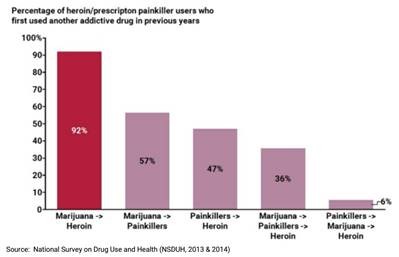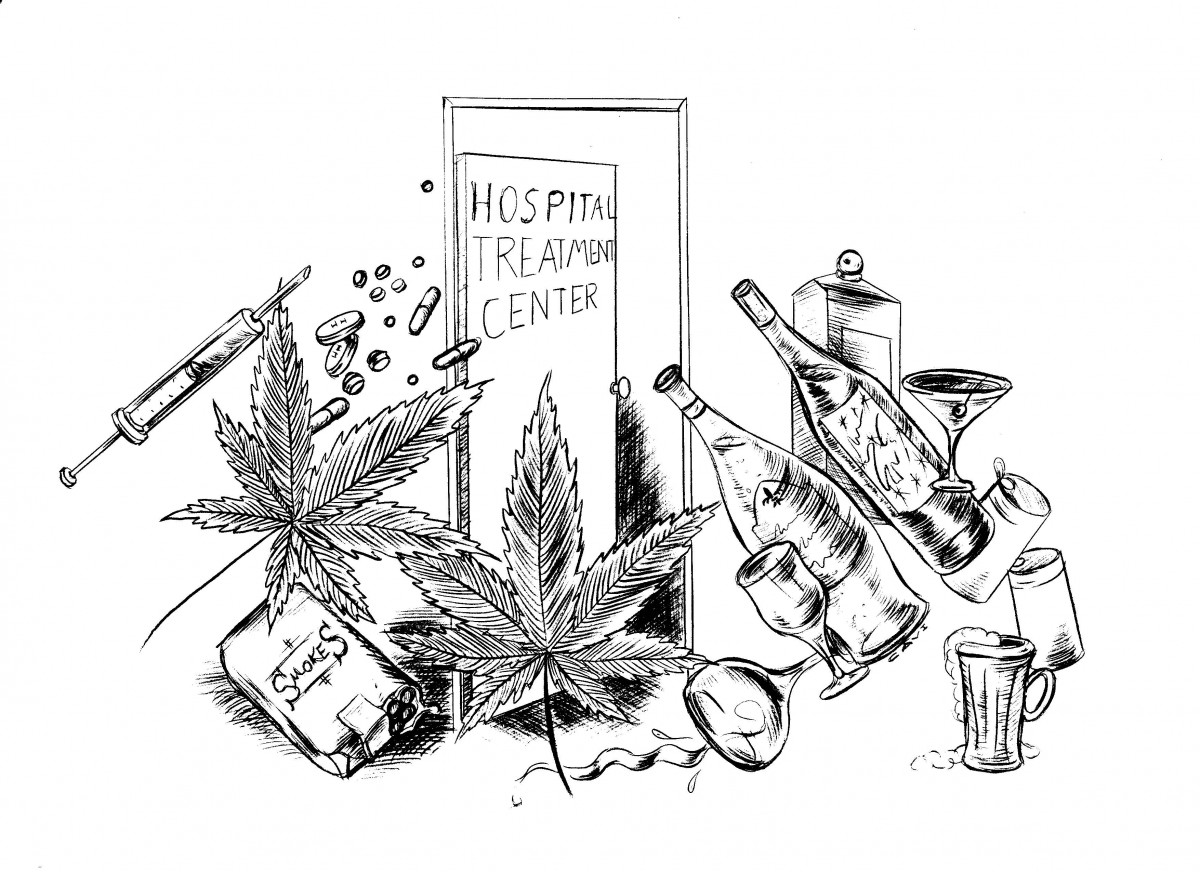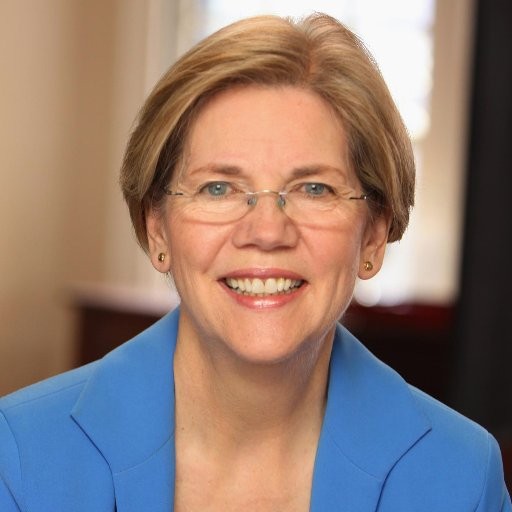It’s Not ‘Just’ Marijuana
Allowing marijuana use will just give addiction a foot in the door
(It’s not ‘just’ marijuana originally posted in Central Maine Press on March 4, 2017) Kennebec Journal/Morning Sentinel (Maine)
BY ROBERT CHARLES
He came into my office with his hair on fire. A father, middle-aged. I made a habit of leaving my door on Capitol Hill open.
Most committee staff directors and counsels don’t do that; they have “gatekeepers.” Nominally, I did too, but I felt I worked for every taxpayer, every single one, and he was one.
My criminal justice committee, plus the speaker’s task force and bipartisan working group on narcotics and addiction that I ran, all focused on oversight. Part of the job was oversight of the Justice Department, the Drug Enforcement Administration, and other federal agencies struggling with the spike of drug abuse that was happening then, in the 1990s.
I asked this upset father to come in. He had something obviously important on his mind. In that moment, I appeared to be “the federal government.” I pointed to the big stuffed chair, sat down myself and listened.
He was mid-sentence. “And he was a typical, strong, independent 18-year-old,” he was saying. I nodded. “And he was a good kid … I had been law enforcement, see? I found the pot in his room.” I nodded. “And he was a skier, loved to ski.”
When Teaching Moderation Didn’t Work
“I confronted him, knew what it was …” He seemed to be reliving that inflection point. “But I said, look, ’cause he was a good kid, I said, “OK, OK, look, everything in moderation.”
I did not say anything.
“It seemed OK, you know? That’s what they always said about other things. I wanted to keep the relationship with my son, you know? A good kid.”
The conversation poured out of him.
“Then things changed, he got distant. Other drugs, heroin. He tried to stop.” The father started to ramble. The law’s fault. The criminal justice system. His son had been stealing. Treatment. Friends who weren’t friends. More treatment. Profanity. Exasperation.
I listened. Sometimes that was all I could do. He had come to tell someone. He was looking for something, and I sensed I could not give it to him.
“So, you see, that was three years ago. I was a good dad, said everything in moderation … it was just marijuana.”
He looked up at me sharply. I knew there was more. Finally, it came.
“Last month, I went up there, top of the mountain, where he always skied. I took the ashes of my son, in a shoe box. I held him in a shoe box. The same son I had held 21 years ago as a baby. And I sprinkled his ashes there…”
We were both quiet. He cried. And I cried. I told him he was not alone. I told him many things about this terrible crisis that gripped us, gripped the nation. And he got, I think, some small, insignificant consolation.
That father wanted something I could not give him, beyond a hug and shared tears, and consideration for his agony. He wanted the moment back. The earlier moment. He wanted his son back.
Why No Caring and Empathy for Others’ Pain?
That was almost 20 years ago. The nation had lost 14,000 kids to overdoses that year. Congress wrote and passed the Drug Free Communities Act of 1997, Mental Health Parity Act of 1996, the National Youth Anti-Drug Media Campaign, and federal anti-drug trafficking laws, including against trafficking marijuana. And drug abuse went down — markedly.
People cared. They knew intuitively that narcotics — including marijuana — were not cigarettes, not beer. Attitudes changed, as they had back in the 1980s during the Ronald and Nancy Reagan years.
And then the great forgetting began again. Drug addiction — so often starting with marijuana, as it is readily available — began to climb again. Then the availability of opiates and heroin. No one paid attention.
And here we are, again, today. Only last year, more than 52,000 people died of drug overdoses, taken from loving, devastated parents, as well as siblings and friends. They want the status quo ante, those precious moments back, decisions back, sons and daughters back.
They want to be able to say, “No, marijuana is not harmless, not a good choice, not the right thing — no matter what voters or governments say.”
This week, I talked to another parent who lost her son to heroin, and began with marijuana.
I teared up again, a good kid, led in the wrong direction by a government that did not care enough to tell the truth, explain the trap door, the treachery of addiction that comes so often with marijuana. “We thought, you know … it was just marijuana.”
The truth? There is no “just” about it.
Robert Charles grew up in Maine who served as assistant secretary of state under Colin Powell.

